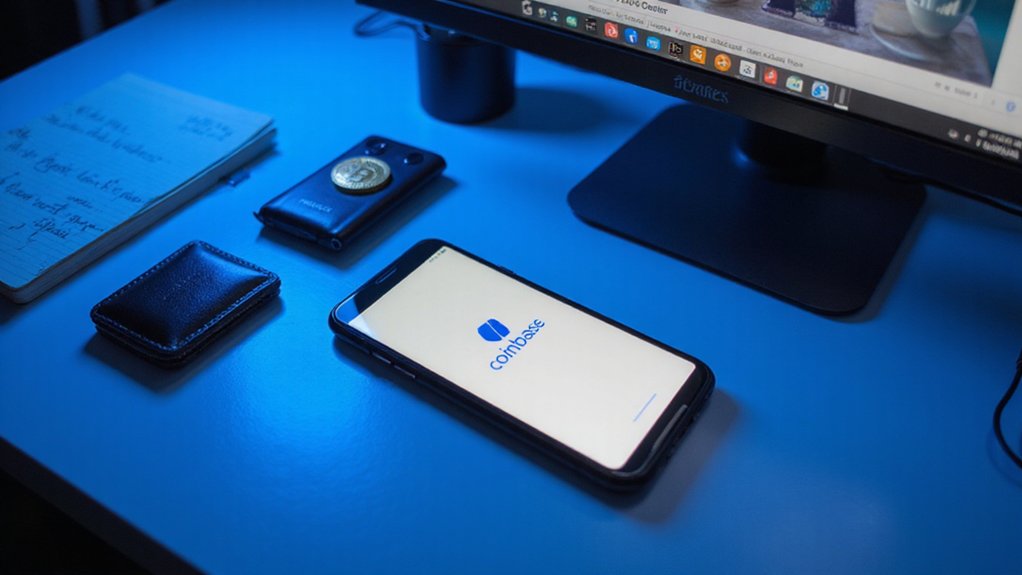A Web3 wallet functions as your sovereign gateway to blockchain ecosystems, enabling management of cryptocurrencies and NFTs without institutional oversight. Unlike traditional financial tools, these non-custodial interfaces—available as browser extensions, mobile apps, or hardware devices—secure assets through encrypted private keys while facilitating cross-chain interactions. They authenticate user identity for decentralized applications, execute smart contracts, and enable participation in DeFi protocols. The future of personal finance perhaps lies in these digital vaults that blur the line between storage and active participation.

How exactly does one navigate the labyrinthine world of blockchain technologies without a proper digital container for one’s cryptographic assets? Enter the Web3 wallet—a sophisticated digital interface that serves as the cornerstone of decentralized participation. Unlike traditional financial instruments tethered to centralized institutions, these non-custodial wallets empower users with complete sovereignty over their digital holdings, from cryptocurrencies to the increasingly ubiquitous non-fungible tokens.
The architectural elegance of Web3 wallets lies in their multi-chain functionality. Users can seamlessly manage assets across disparate blockchain ecosystems—a necessity in today’s fragmented digital landscape. These wallets generate a unique seed phrase consisting of 12-24 words that allows for wallet recovery across devices. These wallets manifest in various incarnations: browser extensions that integrate directly with decentralized applications, mobile interfaces for on-the-go transactions, and hardware devices offering cold storage for the security-conscious investor.
The seamless orchestration of cross-chain assets through elegant digital interfaces—the hallmark of modern Web3 wallet architecture.
Security protocols in Web3 wallets represent a quantum leap from conventional digital safeguarding measures. Through robust encryption methodologies, private keys remain impervious to unauthorized access—the cryptographic equivalent of Fort Knox. Some implementations further bolster protection via two-factor authentication, though one might reasonably question if this centralized security measure somewhat contradicts the decentralized ethos¹. The evolution from centralized Web2 wallets to decentralized Web3 wallets has eliminated the need for single entities to manage user data and assets.
The utility of these digital repositories extends far beyond mere storage. They function as authentication mechanisms for decentralized finance protocols, enabling users to participate in lending markets, liquidity provision, and yield farming strategies (activities that would leave traditional bankers simultaneously puzzled and envious). The wallet serves as a digital signature mechanism, verifying ownership and authorizing smart contract executions without intermediaries. Popular options like MetaMask wallet allow users to interact with various Ethereum-compatible networks including Polygon and BNB Chain.
Interoperability constitutes perhaps the most revolutionary aspect of Web3 wallets. The capacity to interact seamlessly with countless applications across multiple blockchains creates an unprecedented financial infrastructure—one where assets flow with minimal friction between previously siloed ecosystems. This connectivity transforms the wallet from a passive storage solution into an active gateway to an expansive digital economy, where users can navigate between virtual worlds, markets, and communities with remarkable fluidity.
¹Though decentralization purists might argue this point vehemently.
Frequently Asked Questions
How Do I Recover My Wallet if I Lose My Seed Phrase?
Recovering a non-custodial Web3 wallet without a seed phrase presents a Sisyphean challenge.
Without this cryptographic linchpin, users face the sobering reality of permanent asset loss—a peculiar feature of decentralization’s unforgiving architecture.
Custodial wallets might offer redemption through provider-assisted recovery processes, though such salvation comes at the expense of true financial sovereignty.
The cruel irony remains: the very security mechanism protecting assets becomes their inescapable prison when misplaced.
Are Web3 Wallets Insured Against Hacks or Theft?
Some Web3 wallets offer insurance options through specialized providers like OneInfinity and Axis Insurance, though coverage isn’t universal—unlike traditional banking’s FDIC protection.
These policies typically address cyber attacks, technical failures, and occasionally employee theft or smart contract vulnerabilities.
The emergence of such insurance products (still evolving in this Wild West of finance) signals the ecosystem’s maturation, potentially boosting adoption by mitigating the otherwise hair-raising risks of digital asset ownership.
Can Government Agencies Track Transactions Made Through Web3 Wallets?
Government agencies can indeed track Web3 wallet transactions with surprising efficacy.
While blockchains offer pseudonymity, the public nature of transaction ledgers creates an indelible trail that forensic tools can analyze.
Agencies leverage blockchain analytics companies (Chainalysis et al.) to deanonymize users, particularly when transactions touch regulated exchanges with KYC requirements.
Privacy coins and mixers complicate matters, but the notion of complete transaction privacy remains largely aspirational in a world of increasingly sophisticated surveillance techniques.
Which Web3 Wallet Offers the Lowest Transaction Fees?
Transaction fee optimization varies considerably among Web3 wallets, with Alchemy Smart Wallets standing out for their elimination of gas fees for users.
For native cryptocurrency transactions, wallets supporting Solana or Nano inherently offer lower fees.
Crypto.com Onchain and Best Wallet incorporate fee optimization algorithms that intelligently route transactions through cost-effective blockchain paths.
The ultimate economical choice, however, depends on which networks you primarily transact on—a wallet excelling with Ethereum may prove costly for Bitcoin transfers.
Do Web3 Wallets Work With Traditional Banking Systems?
Web3 wallets and traditional banking systems operate as parallel financial universes with limited native integration.
While some bridges exist—particularly through crypto-fiat on-ramps and partnerships between progressive financial institutions and wallet providers—significant infrastructure, regulatory, and technical hurdles remain.
The fundamental architectural differences (centralized vs. decentralized) create inherent compatibility challenges.
However, the financial sector’s inevitable evolution suggests these systems will gradually converge, though perhaps never completely merge into a seamless whole.









